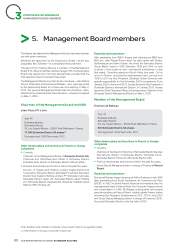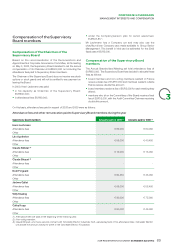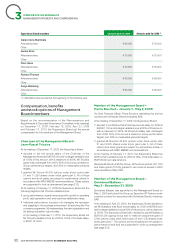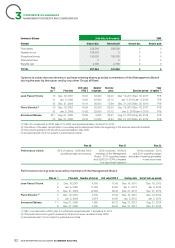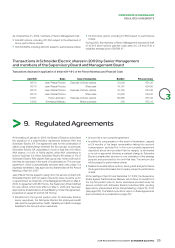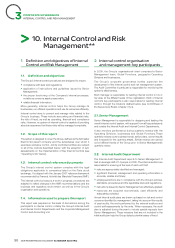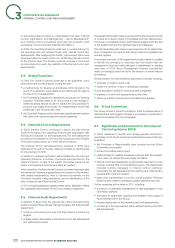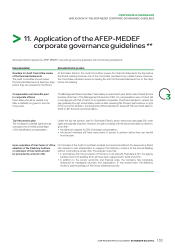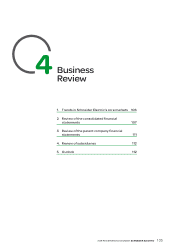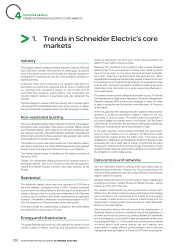APC 2009 Annual Report Download - page 98
Download and view the complete annual report
Please find page 98 of the 2009 APC annual report below. You can navigate through the pages in the report by either clicking on the pages listed below, or by using the keyword search tool below to find specific information within the annual report.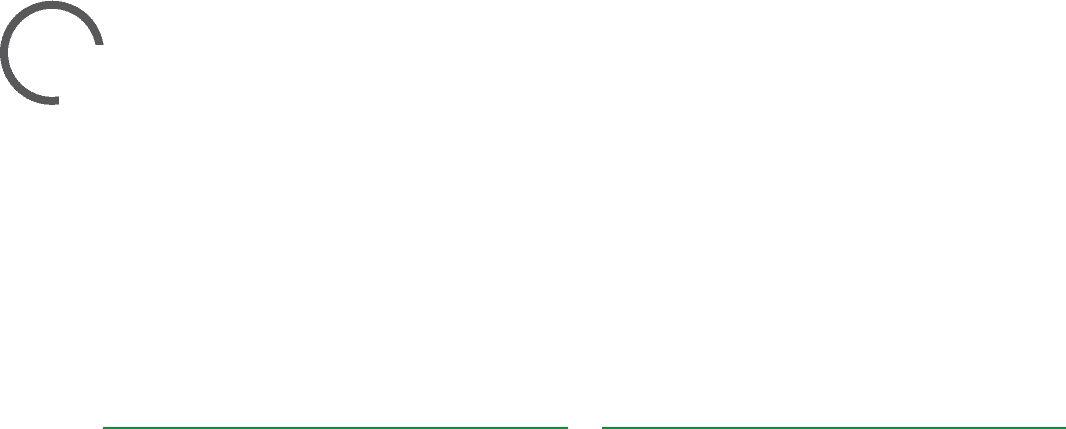
2009 REGISTRATION DOCUMENT SCHNEIDER ELECTRIC96
CORPORATE GOVERNANCE
3INTERNAL CONTROL AND RISK MANAGEMENT
>
10. Internal Control and Risk
Management**
1. Definition and objectives of Internal
Control and Risk Management
1.1. Definition and objectives
The Group’s internal control procedures are designed to ensure:
•compliance with laws and regulations;
•application of instructions and guidelines issued by Senior
Management;
•the proper functioning of the Company’s internal processes,
notably as concerns asset preservation;
•reliable fi nancial information.
More generally, internal control helps the Group manage its
businesses, run effi cient operations and use its resources effi ciently.
Internal control aims to prevent and manage risks related to the
Group’s business. These include accounting and fi nancial risks,
the risk of fraud, as well as operating, fi nancial and compliance
risks. However, no system of internal control is capable of providing
absolute assurance that these risks will be managed completely.
1.2. Scope of this report
The system is designed to cover the Group, defi ned as the Schneider
ElectricSA parent company and the subsidiaries over which it
exercises exclusive control. Jointly controlled entities are subject
to all of the controls described below, with the exception of self-
assessments on the implementation of Key Internal Controls (see
“Operating Units” below).
1.3. Internal control reference documents
The Group’s internal control system complies with the legal
obligations applicable to companies listed on the Paris stock
exchange. It is aligned with the January2007 reference framework
recommended by France’s Autorité des Marchés Financiers (AMF).
The internal control process is a work in progress; procedures are
adapted to refl ect changes in the AMF recommendations and the
business and regulatory environment, as well as in the Group’s
organisation and operations.
1.4. Information used to prepare this report
This report was prepared on the basis of discussions among the
participants in internal control, notably the Group’s Internal Audit
and Internal Control Departments and the corporate Management
Control and Accounting unit.
2. Internal control organisation
andmanagement: key participants
In 2009, the Group’s organisation al chart comprised a Senior
Management team, Global Functions, geographic Operating
Divisions and businesses.
The Group’s corporate governance bodies supervise the
development of the internal control and risk management system.
The Audit Committee in particular is responsible for monitoring the
system’s effectiveness.
Each manager is responsible for leading internal control in his or
her area, at the different levels of the organisation . Each of internal
control’s key participants is also responsible for leading internal
control, through the missions defi ned below (see Committees of
the Supervisory Board, Chapter3 §4).
2.1. Senior Management
Senior Management is responsible for designing and leading the
overall internal control system, with support from all key participants
and notably the Internal Audit and Internal Control Departments.
It also monitors performance during quarterly reviews with the
Operating Divisions, businesses and Global Functions.These
quarterly reviews cover business trends, action plans, current results
and forecasts for the quarters ahead. Similar reviews are carried
out at different levels of the Group prior to Senior Management’s
quarterly review.
2.2. Internal Audit Department
The Internal Audit Department reports to Senior Management. It
had an average staff of 14 people in 2009. The internal auditors are
responsible for ensuring at the level of each unit that:
•risks are appropriately identifi ed and managed;
•signifi cant fi nancial, management and operating information is
accurate, reliable and timely;
•employees’actions are in compliance with the Group’s policies,
standards, procedures and the applicable laws and regulations;
•instructions issued by Senior Management are effectively applied;
•resources are acquired economically, used efficiently and
adequately protected.
Annual internal audit plans are drawn up based on risk and control
concerns identifi ed by management, taking into account the results
of past audits, the work performed by the external auditors and
control self-assessments by the units. When necessary, the audit
plan is adjusted during the year to include special requests from
Senior Management. These missions that are not included in the
initial audit plan help the Group detect potential cases of fraud.


